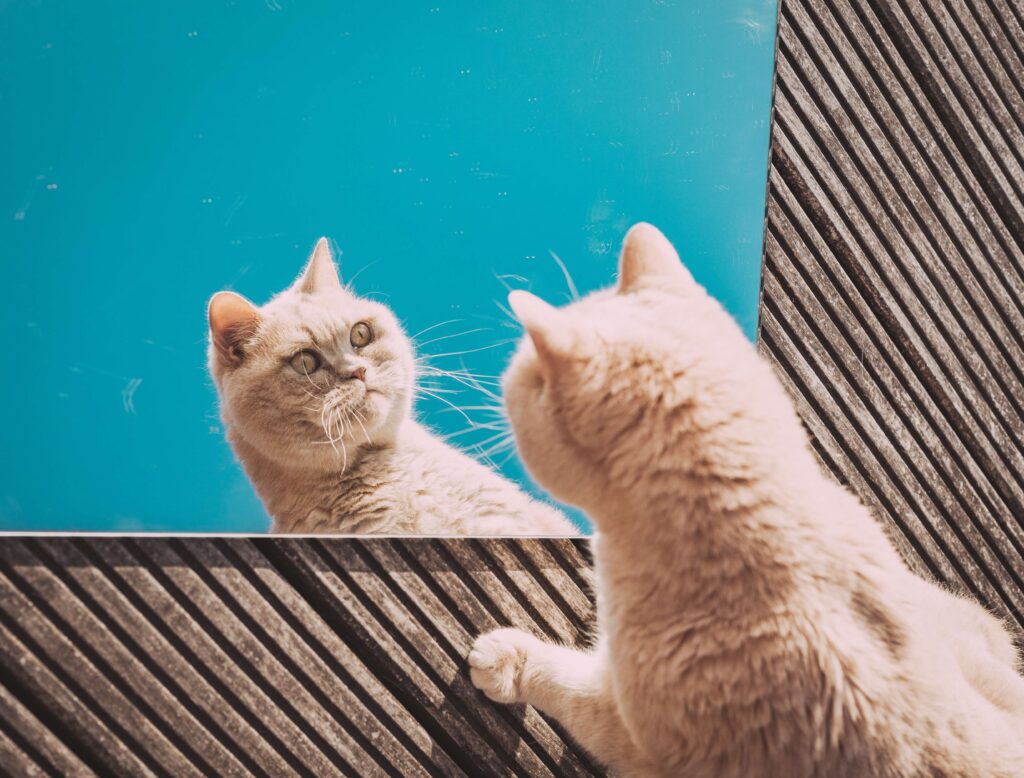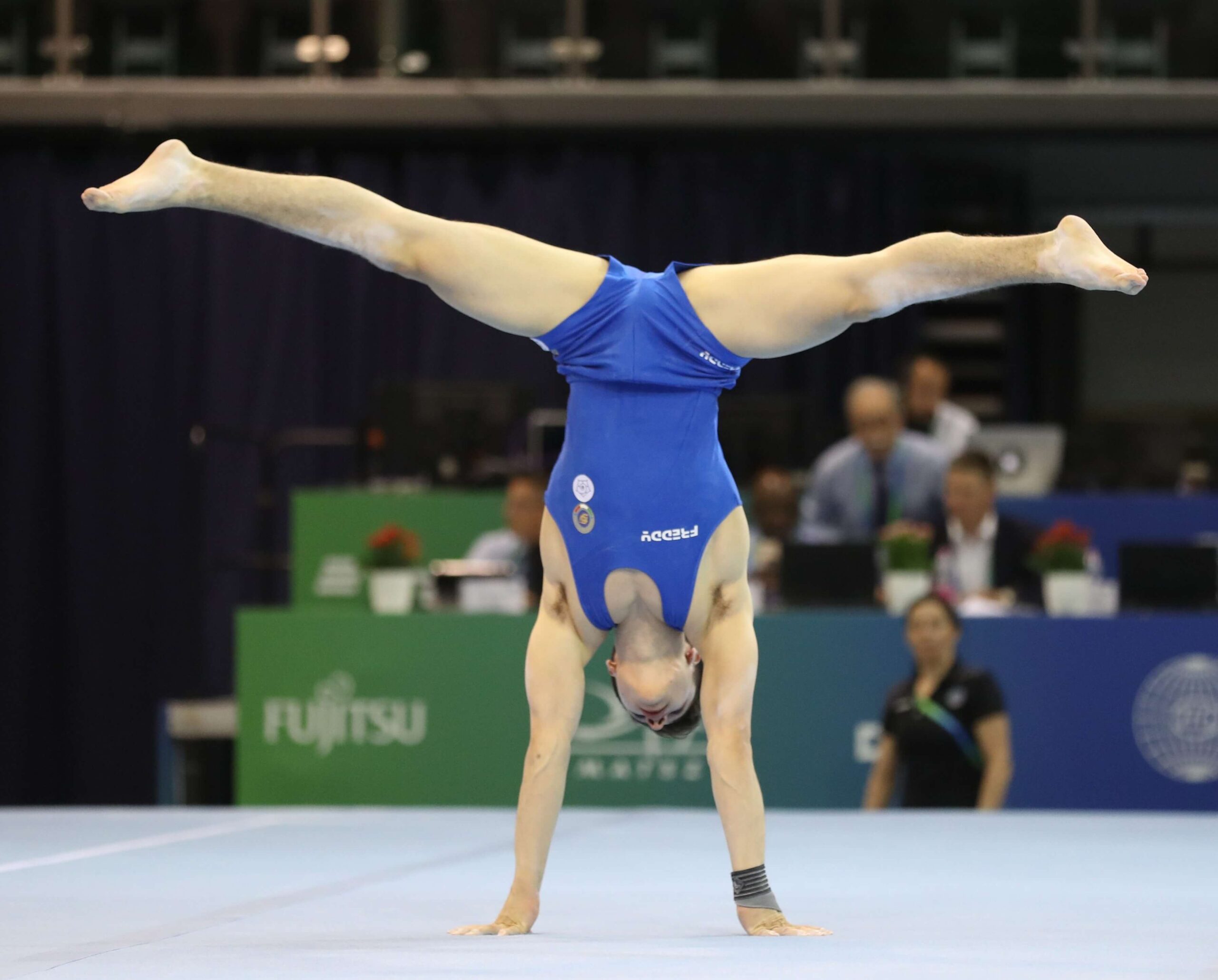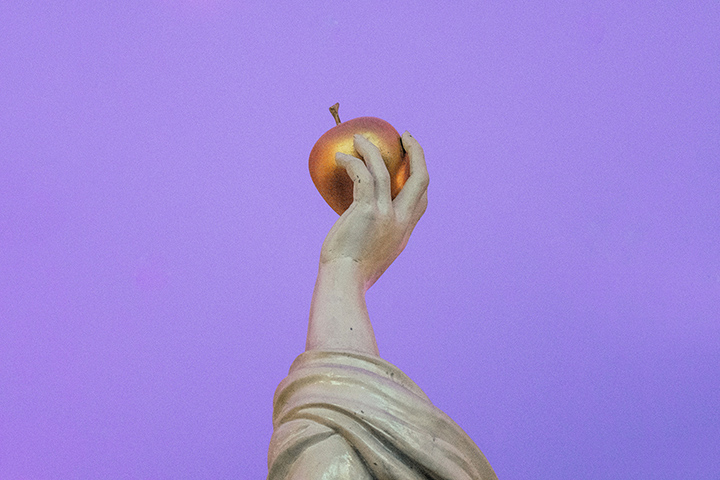
Image: Eduard Delputte for Unsplash
- May 23, 2023
Meet Your Consumers In 2025: The New Nihilists
The year is 2025. The world is a very different place than it was just a few years ago. The climate crisis is in full swing, the economy is in shambles, and social unrest is on the rise. In this time of chaos and uncertainty, a new consumer has emerged: the New Nihilist.
The year is 2025. The world is a very different place than it was just a few years ago. The climate crisis is in full swing, the economy is in shambles, and social unrest is on the rise. In this time of chaos and uncertainty, a new consumer has emerged: the New Nihilist.
In the latest WGSN consumer reports, The New Nihilists are a generation of young people who have grown up in the shadow of these crises. They have seen the promises of their parents’ generation fail, and they have lost faith in the future. As a result, they have adopted a worldview that is characterized by apathy, cynicism, and a lack of hope.
This worldview has a profound impact on the way New Nihilists consume. They are not interested in buying things that they don’t need, and they are not interested in supporting brands that they don’t believe in. They are more likely to spend their money on experiences, and they are more likely to support local businesses and sustainable brands.
The New Nihilists are a powerful force in the global economy. As they continue to grow in number, they will have a major impact on the way we consume. Businesses that are able to adapt to their needs will be the ones that succeed in the years to come.
Here are some additional insights into the New Nihilists:
- They are more likely to be single and live in urban areas. Brands that are not exclusively “family-oriented” and communicate a positive messaging towards a life of single-blessedness will most likely flourish in these times, as more consumers prefer living a life without children, or marriages, or romantic relationships. The popular ‘di lang pam-pamilya, pang-sports pa” seems outdated.
- They are more likely to be educated and have higher incomes. With lesser focus on creating families, consumers are more likely to have higher incomes. DINKs or Double Income, No Kids (or DINKWAP, Double Income, No Kids With A Pet) is fast becoming the norms. Brands are slowly recognizing these.
- They are more likely to be politically active and engaged with social issues. While this has been happening in the last few years, consumers in 2025 are most likely to be more active politically. This has initiated brands to take on political stances. In the Philippines, the massive Leni Robredo campaign has spurred the growth of pink brands that echo the same values as their Presidential candidate and in turn, attracting consumers who share the same values.
- They are more likely to be skeptical of traditional advertising and marketing messages. Advertisers are now calling advertising in Meta as traditional advertising, and this is largely due to its competitor, Tiktok plus Meta’s rising ad fees. Consumers can now tell from a mile away if something is fake, or if the messaging sounds off.
- They are more likely to be interested in buying products that are made ethically and sustainably. This angst towards mega corporations who consumers associate with greed will result to them buying from local brands and participating in discussions on sustainability and sourcing ethics. Brands who celebrate sustainable products and packaging will win future markets.
The New Nihilists are a diverse group, but they are united by their shared sense of apathy, cynicism, and a lack of hope. As they continue to grow in number, they will have a major impact on the way we consume. Businesses that are able to adapt to their needs will be the ones that succeed in the years to come.
Love this? Share with friends!
Meet Your Consumers In 2025: The New Nihilists
The year is 2025. The world is a very different place than it was just a few years ago. The climate crisis is in full swing, the economy is in shambles, and social unrest is on the rise. In this time of chaos and uncertainty, a new consumer has emerged: the New Nihilist.



